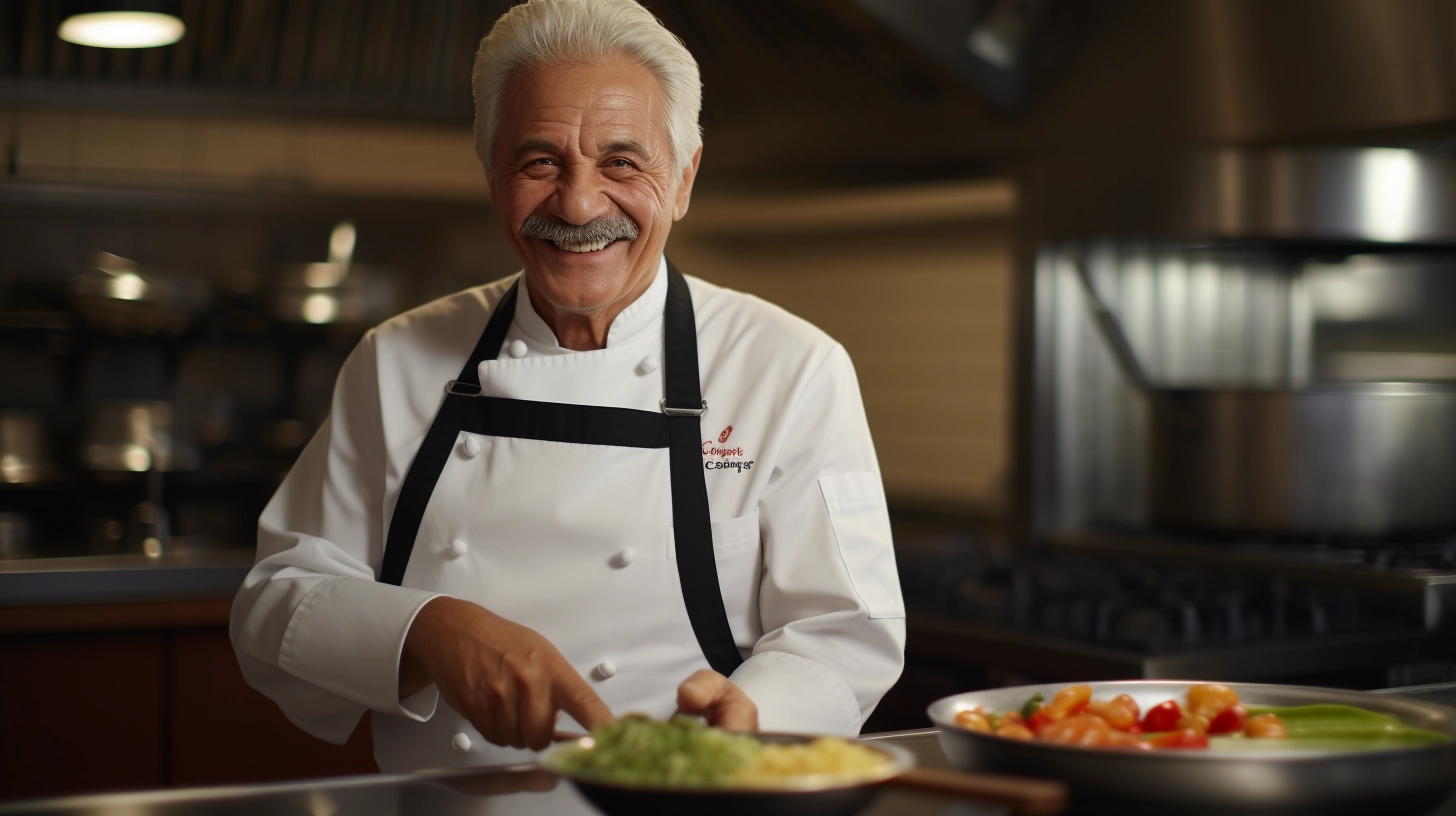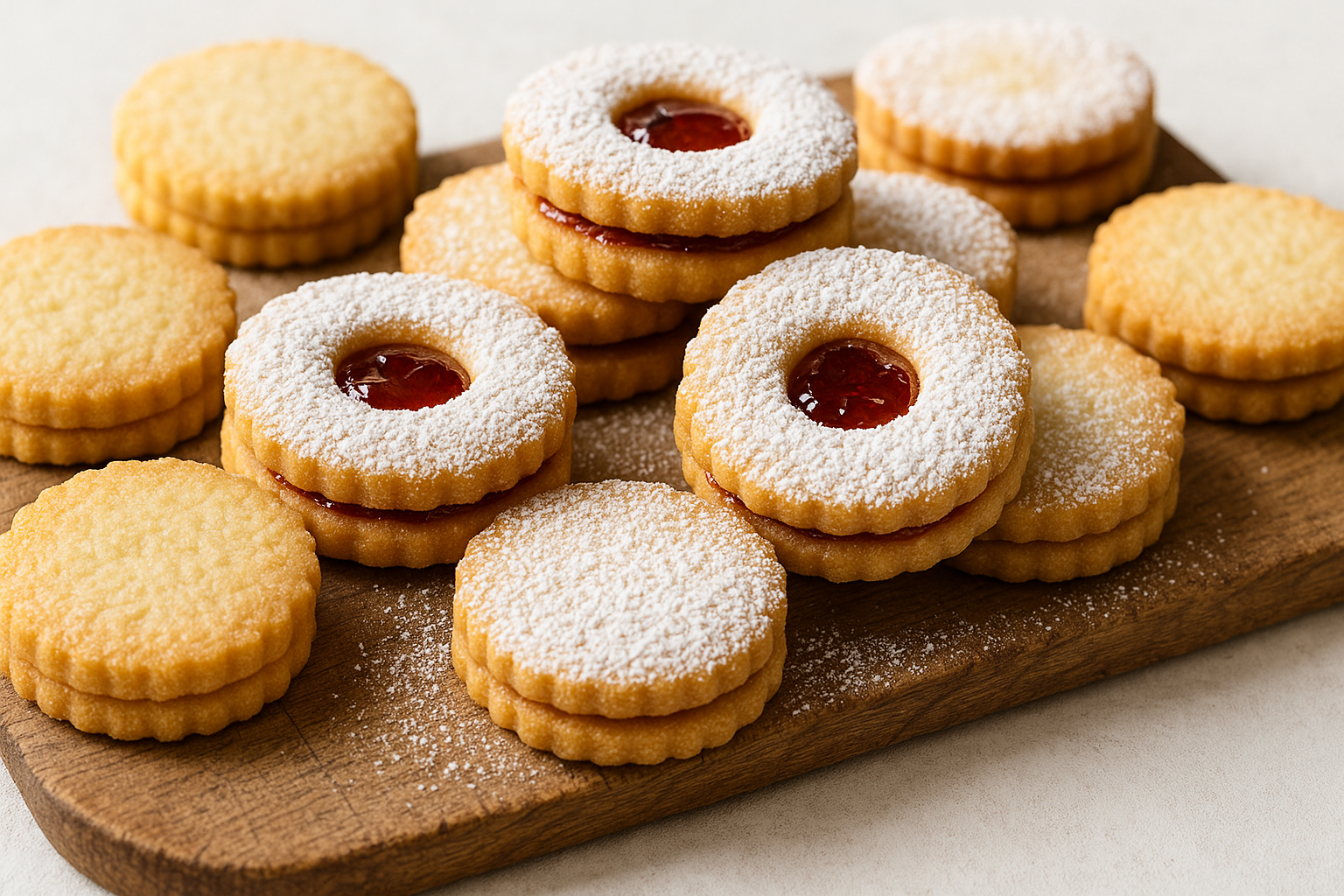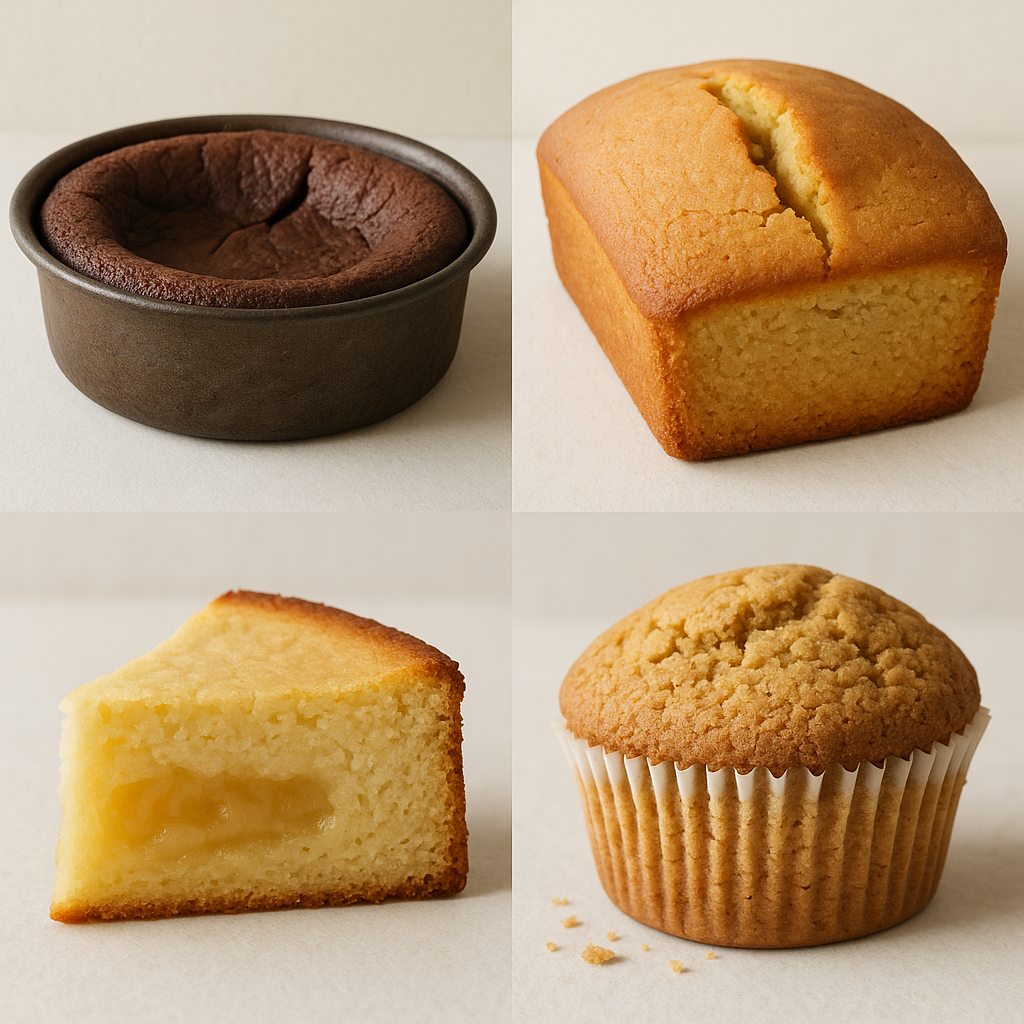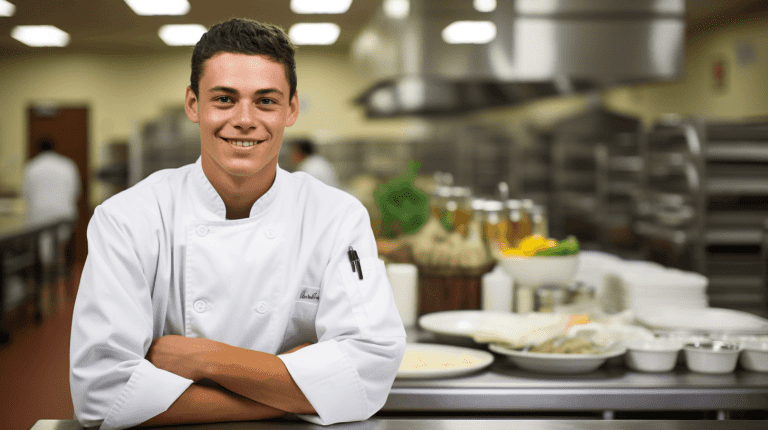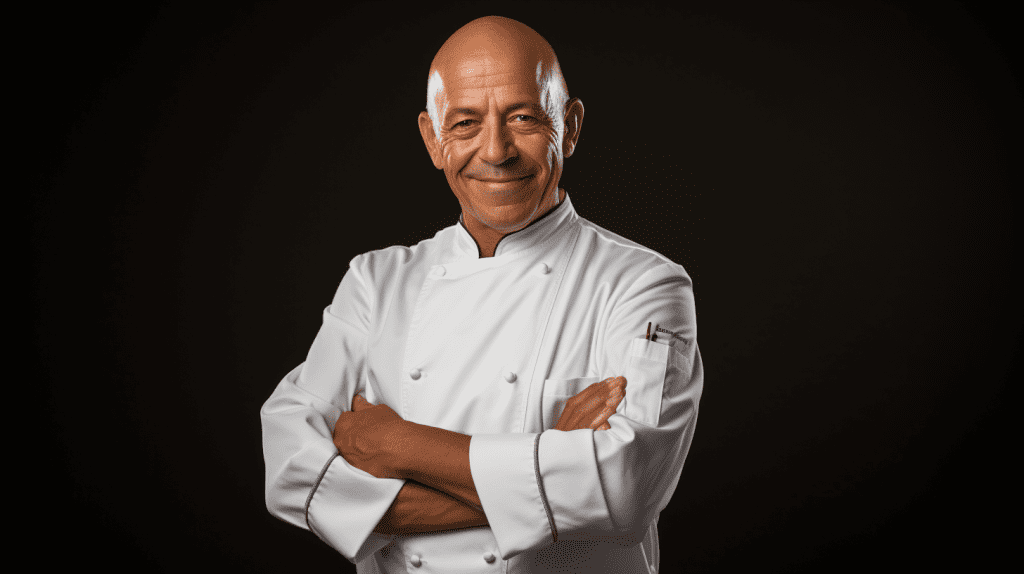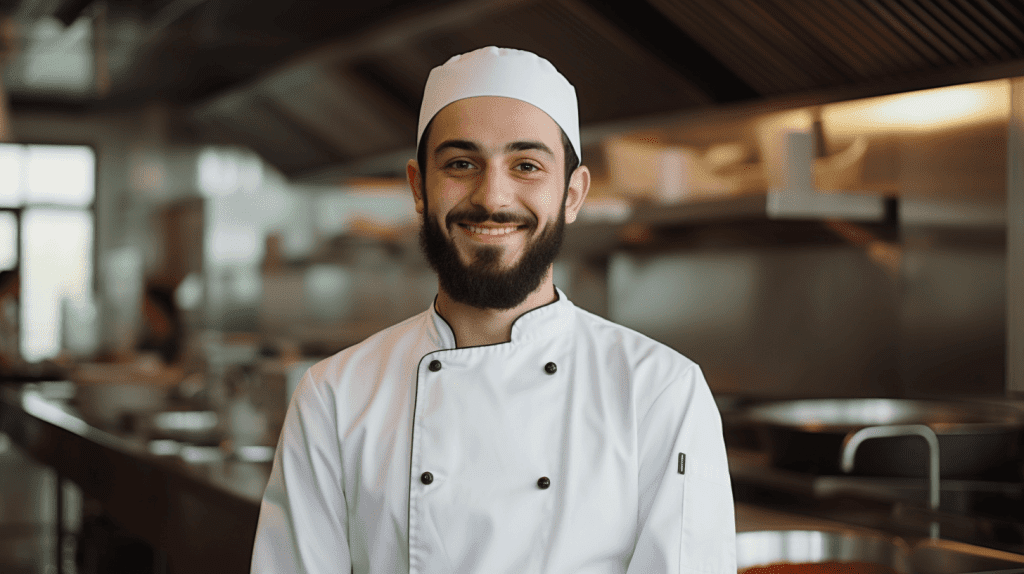Chef Auguste Escoffier, born in the village of Villeneuve-Loubet near Nice on October 28, 1846, was a French chef, restaurateur, and culinary writer who introduced and refined traditional French cooking techniques. His culinary journey began at the age of 13 when he started an apprenticeship at his uncle’s restaurant, Le Restaurant Français, in Nice. From there, Escoffier’s talents propelled him to the forefront of culinary excellence, eventually partnering with hotelier César Ritz to bring French haute cuisine to London and Paris’s elite.
Culinary Innovations and Timeless Techniques
Escoffier’s culinary achievements were built upon the foundations established by Marie-Antoine Carême, one of French haute cuisine’s pioneers. Escoffier simplified and modernized Carême’s elaborate style, famously codifying the recipes for the five “mother sauces”.
He masterfully blended ingredients into an astounding 5,000 recipes, casting a spell of inspiration for chefs everywhere. He was affectionately known as the “king of chefs and chef of kings.”
Understanding the essence of Escoffier’s kitchen philosophy is beneficial for any amateur cooks looking to master their skills.
Elevating the Culinary Profession Through Order and Discipline
Escoffier advocated using seasonal products and doing away with ornate garnishes, which greatly simplified meal serving.
Apart from his culinary accomplishments, Escoffier made a significant impact on kitchens worldwide by changing the chaotic work environments common during his time. He established cleanliness, discipline, and silence in his kitchens, drawing from his military experience and creating the brigade de cuisine system – now a standard organization method in many restaurants.
Escoffier’s Legacy
Michel Escoffier, great-grandson of the renowned Chef Auguste Escoffier and president of the eponymous Foundation, founded the Auguste Escoffier School of Culinary Arts to perpetuate his great-grandfather’s legacy.
In the respected lineage of French culinary institutions, the Auguste Escoffier School of Culinary Arts equips students for rewarding careers through professional courses centered on the farm-to-table concept, guided by the methodologies, tenets, and frameworks of the renowned Chef Auguste Escoffier. The school’s culinary and pastry arts programs provide in-depth industry skill development and foster the level of professionalism and distinction desired by employers. By imparting a contemporary perspective to professional culinary education, the institution aims to create a positive shift in the trajectory of American gastronomic culture.
Chef Auguste Escoffier's as the Guiding Flame of the Culinary World
Chef Auguste Escoffier’s mastery of the culinary arts stemmed from his desire to understand and learn about the foods, techniques, and methods he worked with. He didn’t just cook; he sought the essence and fundamental principles of each dish. To follow in his footsteps, aspiring chefs must delve deep into the culinary craft, embrace learning through cooking and baking lessons, and hone their skills through hands-on experience.
While Escoffier didn’t have access to modern resources, his unique path to culinary success continues to inspire budding chefs today. Understanding and learning from the culinary legends of the past – like Auguste Escoffier – will set a strong foundation for a successful career.
With a culinary torch that continues to burn bright, Chef Auguste Escoffier transformed the gastronomic world with his French expertise. His published work, Le Guide Culinaire, remains a cherished playbook in culinary circles, delivering timeless techniques and well-rounded knowledge about kitchen management. From esteemed culinary schools to influential chefs worldwide, Escoffier’s remarkable recipes and methods are taught with fervor and delight. His legacy is an enduring reminder that the art of cooking is a form of joy, a lifelong journey, and above all, a cherished celebration of flavors.
